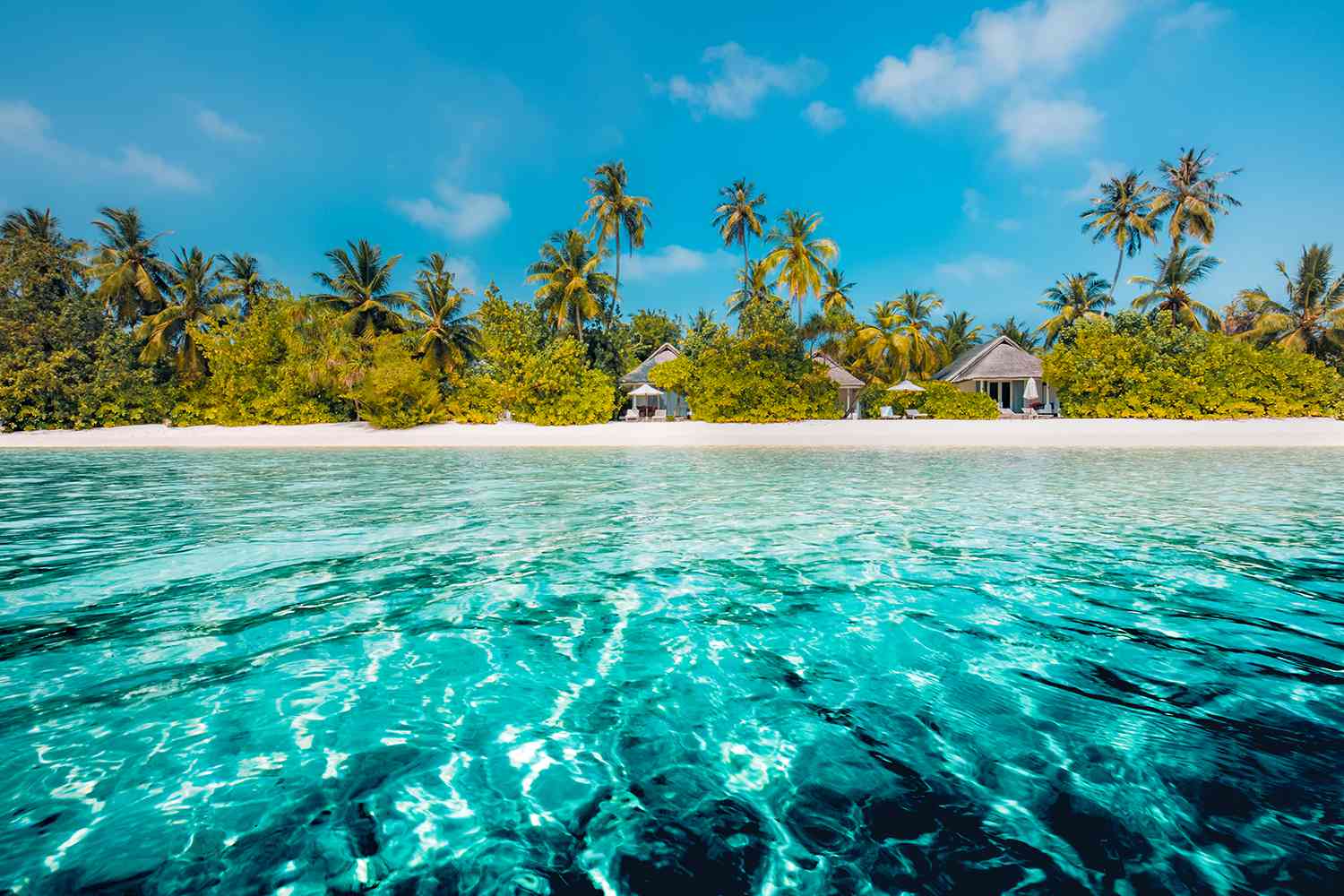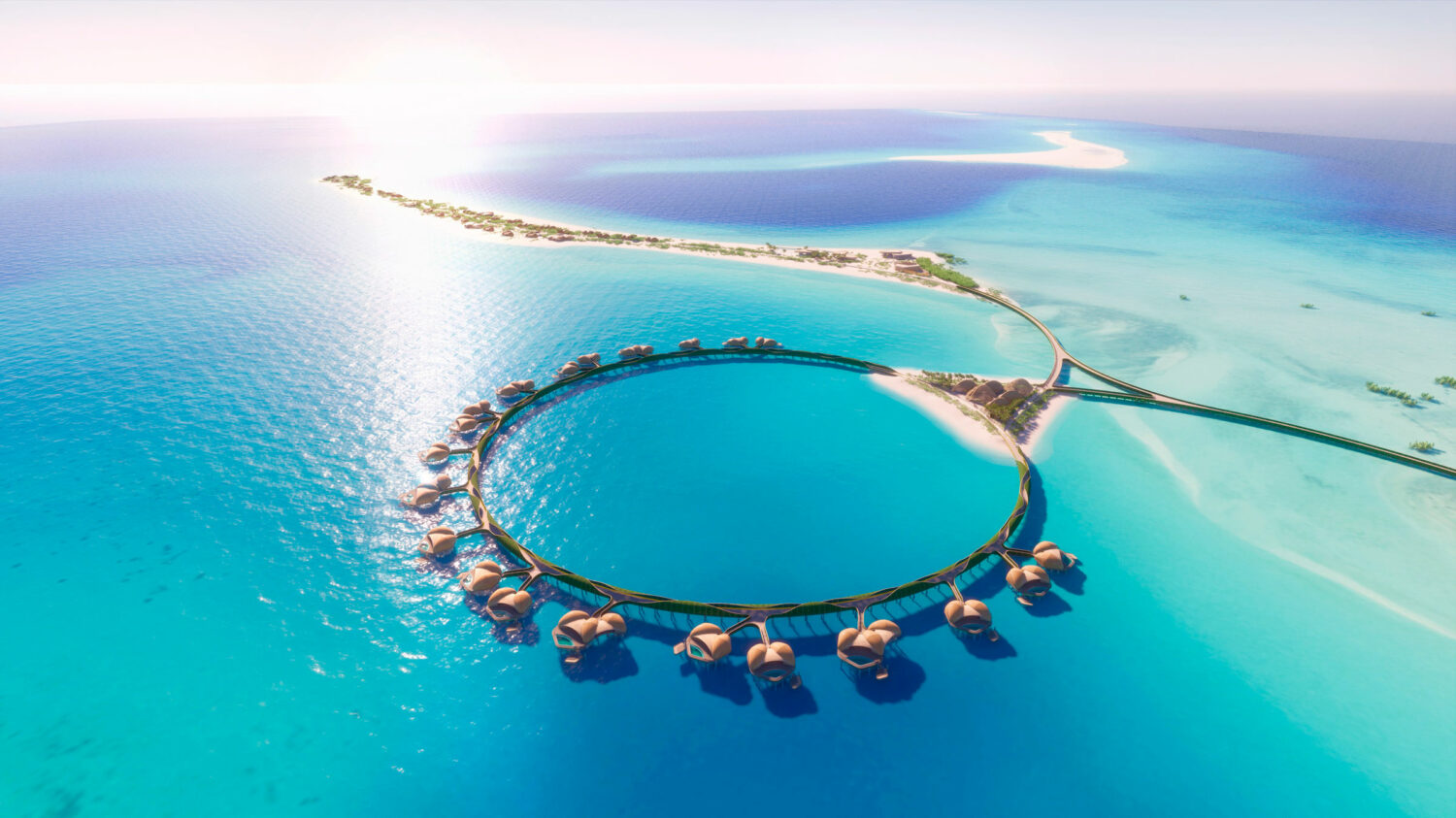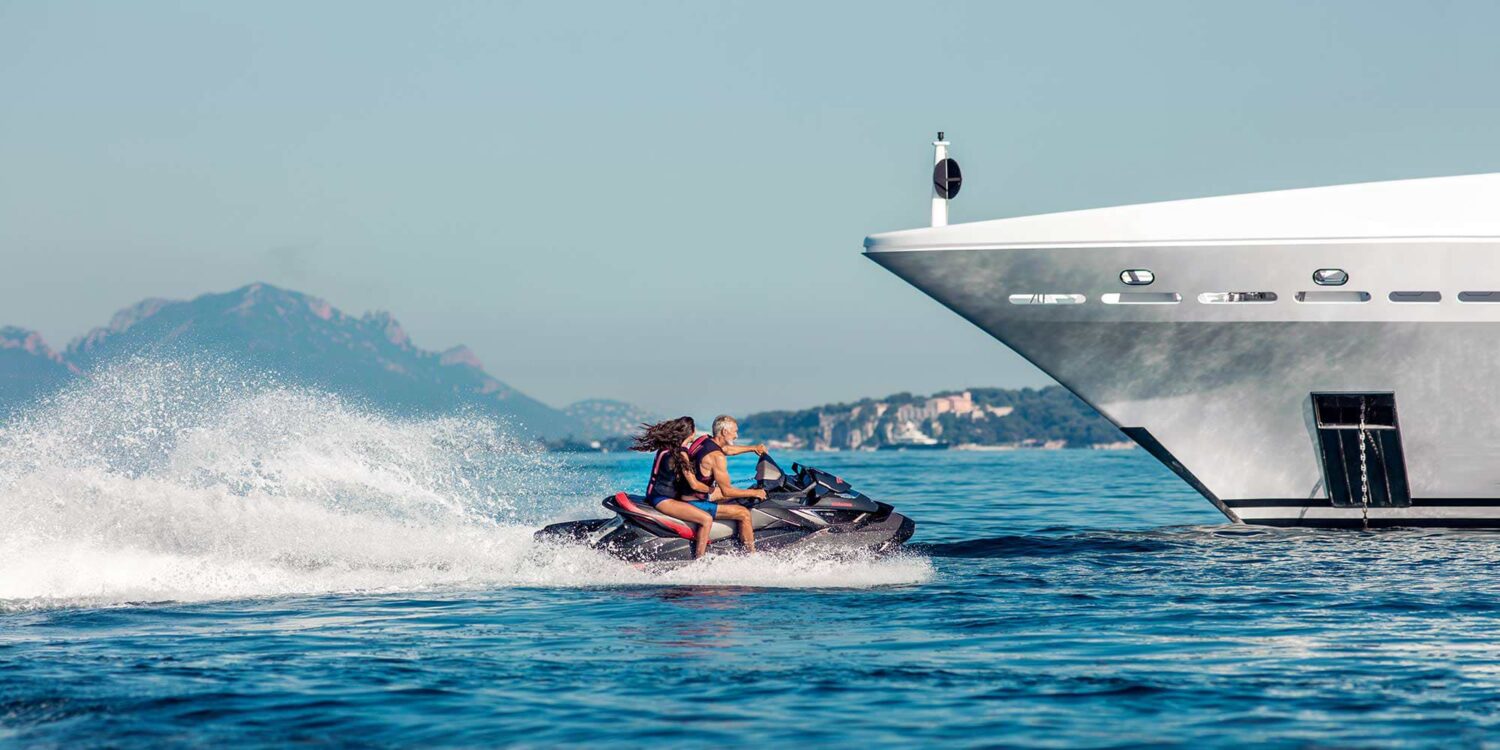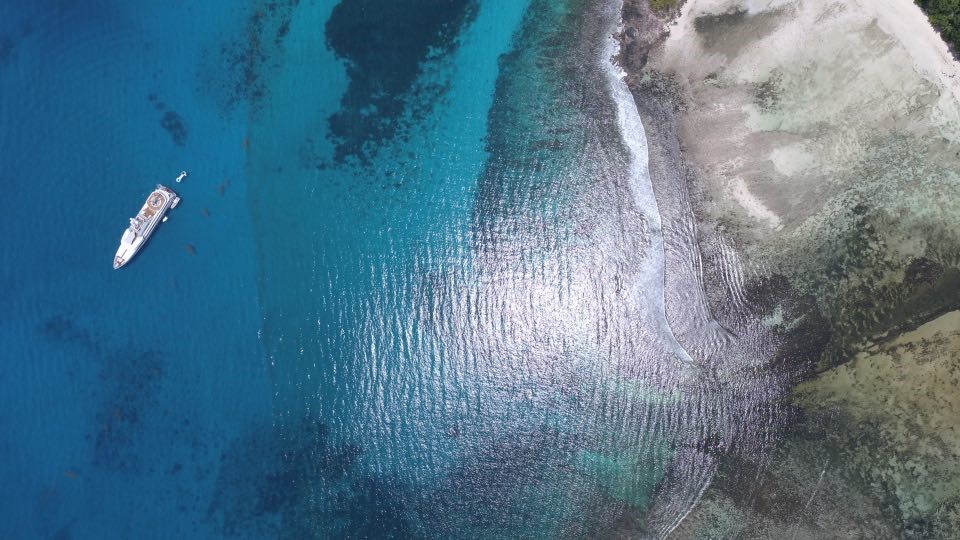
From winters to summers, we break down the ins and outs of yachting seasons – and what 2023 might hold for a typical superyacht.
What is a yachting season?
Whether you own a yacht or prefer to charter, you’ll usually find yourself aboard in different parts of the world depending on where the calmest seas and sunniest areas are to be found. This sums up the yachting seasons.
Each yachting season is around six months long, so there are roughly two yacht seasons in a year. They don’t, however, correlate to calendar years. ‘Winter’ refers to November to April, while ‘summer’ means May to October.
Historically, superyachts will be found in or near to the Mediterranean in the northern hemisphere’s summer. Since we are headquartered in Monaco, let’s look at the French Riviera as an example: July features comfortable air temperatures of high seventies fahrenheit, along with peak sunshine hours, low average rainfall, and low winds. In contrast, January hovers close to freezing point, and the ocean is far from ideal for water toys.
During that time of the year, you’ll be much more likely to find yourself aboard a superyacht in the Caribbean. The hurricane season is well over by then, and the tropical seas are ready to astound with stunningly clear waters, ideal for swimming, snorkelling, and enjoying from the comfort of the yacht.

When are the 2023 yachting seasons?
Within each of the typical yachting seasons, there are plenty of mini peaks and trends. Let’s take a look at them, beginning with this month, May.
The main opening events of the season – Palma International, Mediterranean Yacht Show – will have brought many of the world’s best super yachts, crews, and fans to the area. Superyachts usually arrive and are crewed up by the end of April (and sometimes as soon as February). The summer Med season is best known for socialising, both on and off board, given the sea’s rich cultural offering and historical popularity for yachting.
Many yachts will have been chartered months ago for May’s two big non-seafaring events. The Cannes Film Festival is from the 16th to the 27th May. The Monaco Grand Prix races on the 28th May, with practices and qualifying in the preceding two days.
Vintage and classic yacht owners and fans will most likely stay on the Riviera for Voiles d’Antibes (2023 dates run from the 31st May to the 4th June) before following crowds west. Popular yacht charter itineriers over the peak of the summer include the Balearic Islands (Superyacht Cup Palma is the 21st to the 24th June), Costiera Amalfitana (the Amalfi Coast), and Tuscany.
Those wishing to escape top temperatures or explore new climes are increasingly chartering in northern Europe, including Finland. The South Pacific is also home to stunning anchorages with breathtaking scenery, without feeling hemmed in by the crowds. The main season here runs from May to October. The Whitsundays is a growing destination for superyachts, and Tonga and French Polynesia are more than worth the journeys for island-hopping and stunning tropical reefs.
Towards the end of the summer yachting season, the West and East Med come alive. Charters of several weeks can enjoy an extended coastal trip from Croatia and Montenegro to the Greek islands (head to Delos for cultural heritage unlike any other), or along the multicultural Turkish coast towards Cyprus.
Come late September, many yachts turn back east. They’ll either stop in for a yard period at any of the Med’s renowned shipyards for maintenance, or journey across the Atlantic. This is a time of crew changeover and season switch. It’s also the point in the year at which owners and charter companies are assessing yachts in their possession and considering selling on or renovating them.
October heralds the start of the winter season. Superyachts often head to Florida to take on supplies and crew and assess weather conditions before heading to the slow-paced Caribbean. Now is the perfect time to start thinking about superyacht charters for October and November onwards. The Bahamas, British Virgin Islands, down to Trinidad and pretty much anywhere in between will feature crystal clear waters, picturesque harbours, and gorgeous cuisines. One December spotlight is the Antigua Charter Yacht Show, held at the unmissable UNESCO World Heritage Site of Nelson’s Dockyard.
Heading into January, bringing in the New Year at St Barth is a classic experience for a reason, and recovering from the Christmas rush on a white sand beach is never a bad idea. The festive period is understandably busy – choice boats can be booked up over a year in advance.
An up-and-coming alternative to the Caribbean yachting season is the Red Sea. Best visited well after the peak temperatures of August, the Egyptian coasts are rich in underwater experiences (wrecks, sharks, reefs) long favoured by divers. Arabia also features highly on the list of anyone seeking a luxury yachting experience towards the tail end of the winter season, February to March, before attention turns back to the Med.

How many charters will a superyacht hold in a season?
The number of charters per season depends entirely on charter lengths. This may be dictated by the yacht owner, crewing situation, or weather conditions, but can be led by what the client wants.
The minimum charter rental length is usually three to four days. However, to make the most of a superyacht, average cruise lengths hover around the 1-2 week mark. If you have the time and resources, a much richer experience of the region you’re exploring can be found with a charter of a month or two.
Some – especially superyacht owners – may enjoy a whole season aboard. Luxury yachts tend to include comfortable working spaces and reliable Wifi connections. Life aboard a yacht doesn’t have to be all play and no work (and certainly not the other way around!)
In reality, a typical superyacht will hold charters for no more than 12-14 weeks a year at a maximum, or six to seven weeks per season. She will spend the rest of her time repositioning, in owner usage, and docked for maintenance.

Can I charter a yacht out of season?
The world of superyachts in 2023 is truly global. As long as you’re open to location, you should be able to charter a luxury yacht in any month of the year. Vessel quality mean that a typical superyacht is able to create a comfortable environment even if the weather isn’t perfect (although no self-respecting yachtie would recommend, for example, chartering a yacht in the Caribbean in hurricane season).
There is plenty to be said for chartering a yacht out of high season, which means avoiding the busiest times of July and August in summer, and Christmas and New Year in the winter. In the months either side of those peaks yacht availability is higher, and prices usually lower.
You may also hear about chartering in ‘shoulder’ season. These occur twice a year, at the start and end of summer. These are the times a yacht is most likely to be travelling, preparing for yard time, or considering recruiting staff – and pockets of charter time can open up at favourable rates. Shoulder seasons run April to May and September to October, and though yacht availability may be harder to come by, those on the market for charters can be attractive for a number of reasons: fewer tourists, greater availability of anchorages, high sea temperatures, and comfortable air temperatures.
Yachting seasons have many impacts on both owners and those looking to charter. Demand is rising, especially for superyachts, given their unparalleled facilities and privacy. If you plan far enough in advance, three to nine months, and stay openminded to location – CLOUDBREAK in the Philippines, anyone? – there is no reason why you can’t have the true immersive experience that only a superyacht can offer. Now you know all about the yachting seasons for 2023, what’s holding you back?





